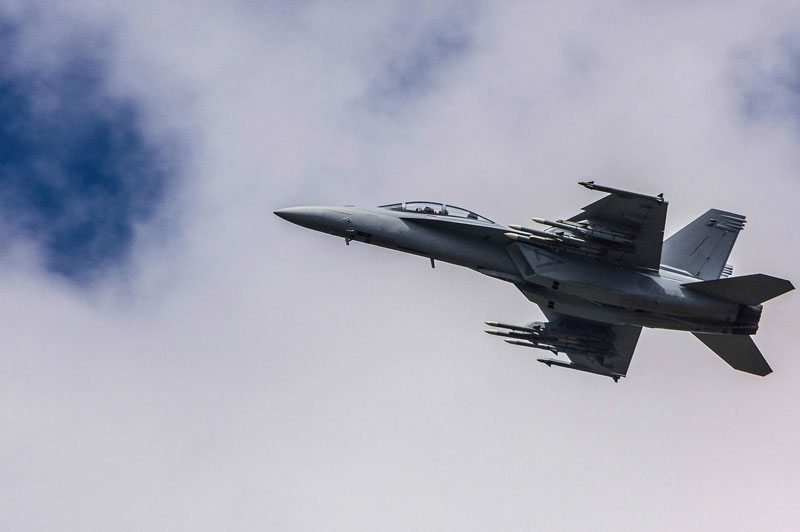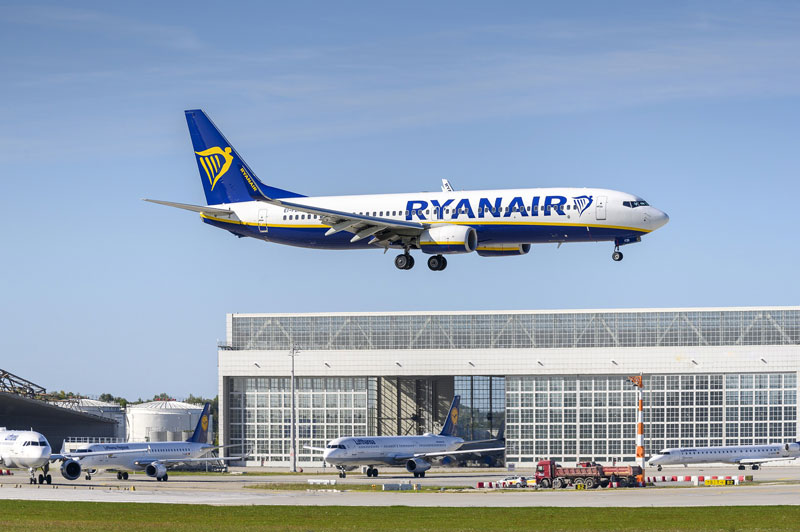A Third View
This occasional series offers three perspectives on aviation incidents. Kerstin Mumenthaler, provides the operational view from the cockpit and considers human factors, John Bailey examines the communications aspects and Jerry Allen draws conclusions on crisis management and the wider impact.
The Pilot
On the 23rd May 2021, a Ryanair crew experienced what we pilots fear. An in-flight bomb threat. We have the responsibility for our passengers and crew members. We do not want to take any risks and must act quickly and decisively in these cases.
The procedures are clear and unambiguous for the cockpit crew. In the event of a bomb threat, there are checklists that are consistently followed.
If the crew receives a report of a potential danger on board, this information is taken seriously. For us pilots, there has been no reason to doubt that this information does not correspond to the current best state of knowledge.
As a former Airbus pilot, I only know the checklists for this aircraft, but the first steps will look very similar in all other commercial aircraft. The first decision step is to assess the actual position of the aircraft. Is it possible to land as quickly as possible and within 30 minutes? Then that is exactly what is done. Only if this is not possible further points have to be worked through.
In the case of the Ryanair flight, several airports were available within this 30min circle. The closest was the actual destination airport Vilnius.
And this is where all the speculation starts. On the one hand, there are excerpts of the alleged original radio communication, from which it emerges that the bomb would explode on entering Lithuanian airspace. On the other hand, there is repeated talk of an intercept by a fighter plane that accompanied the Boeing all the way to Minsk.
Regardless of what actually happened in the end. From the pilots’ point of view, all these indications point to the fact that there was no other choice but to follow exactly the recommendations and instructions of the Belarusian Air Traffic Controllers. There was no reason to doubt them.
From the pilots’ point of view, all these indications point to the fact that there was no other choice but to follow exactly the recommendations and instructions of the Belarusian Air Traffic Controllers.
Especially when the Boeing has actually been intercepted by one or more fighter aircraft, this is definitely not the moment for a pilot to discuss. The procedures are clear, the fighter signals instructions and they are carried out. That’s how we are trained.
So far so clear. As far as we know today, the Ryanair crew acted correctly. The entire crew, not to mention all the passengers on board, experienced very uncertain minutes that will certainly have a great influence on their thinking and future actions.
The Communicator
Ryanair’s statement referred simply to a “diversion” to Minsk after the crew were notified by Belarus ATC of a “potential security threat on board”. It also stated, incorrectly, that Minsk was the nearest available airport. It only became clear later that the aircraft had in fact been closer to Vilnius when it was forced to change course.
Although Ryanair went on to apologise to passengers for the delay, it made no mention of the fact that two of those passengers had been forcibly removed from the aircraft under armed escort. The two passengers – journalist Roman Protasevich and his partner Sophia Sopega – had told cabin crew and other passengers during the descent that they feared for their lives if the aircraft landed in Minsk.
No blame attaches to the Ryanair crew, who were obliged to follow procedures and to follow instructions from Belarus ATC. But the Ryanair statement conspicuously omitted to express any concern for the two passengers taken off the aircraft in Minsk, or to give any sense that this was a completely unprecedented situation. The following day, as more details emerged, including accounts from other passengers, Ryanair issued an updated statement which called the incident “an act of aviation piracy”.
It can be extraordinarily difficult to get the tone and content of initial communications right when responding to an unfolding aviation emergency, particularly in an “always on” media environment in which people can share information, photos or video across social media before the airline itself has all the facts. But the best starting point when crafting a statement is to focus on the impact of the event on the people directly affected. In this case, that meant not just the passengers whose journey was delayed, but the two who were forcibly removed from the Ryanair flight through no fault of their own.
The Crisis Manager
This incident offers a rare chance to consider State actors exercising their political will with military resources to cause a direct impact on an operating flight, its crew and its passengers. There are parallels with other recent State-sanctioned and fatal acts.






